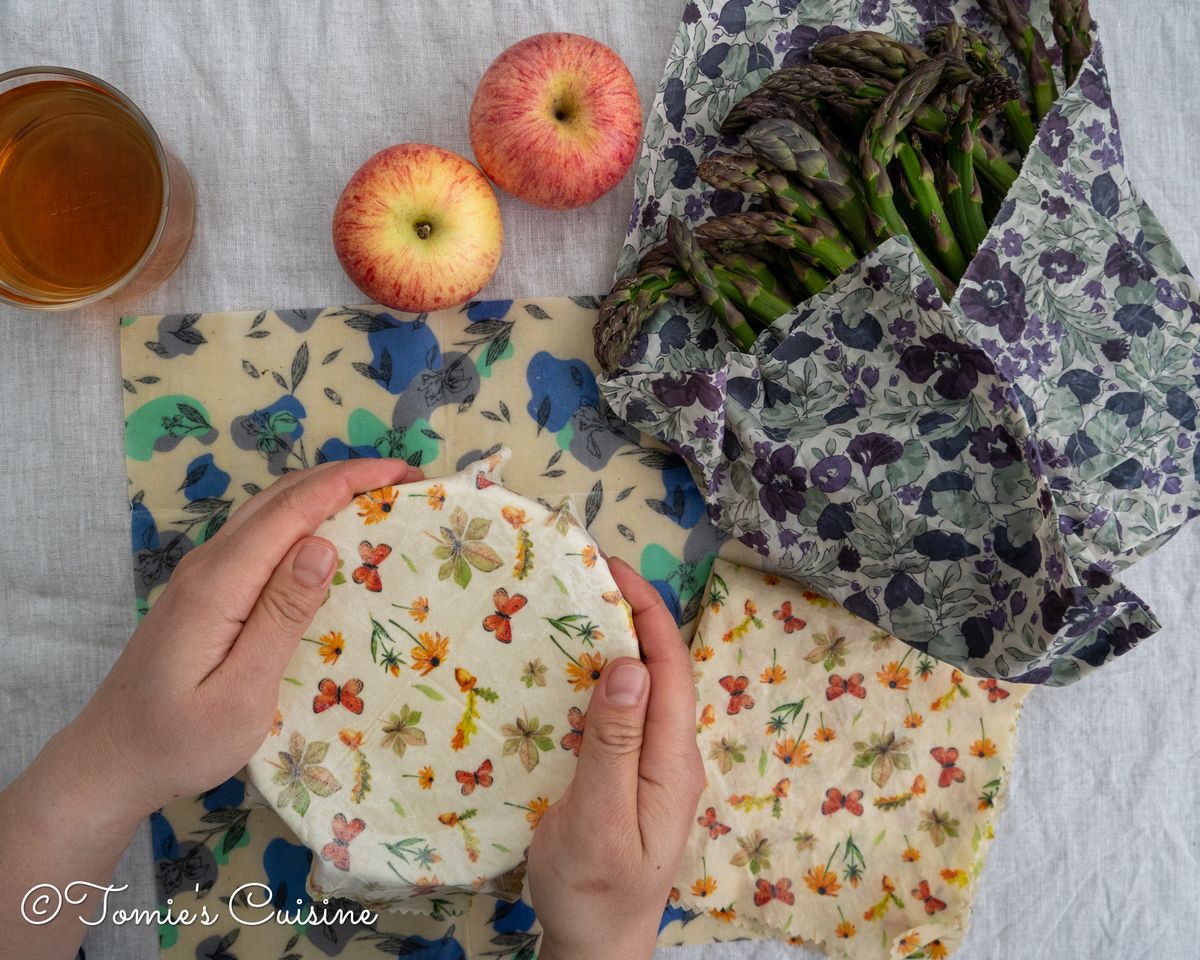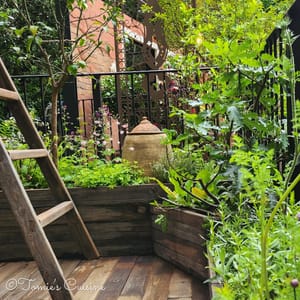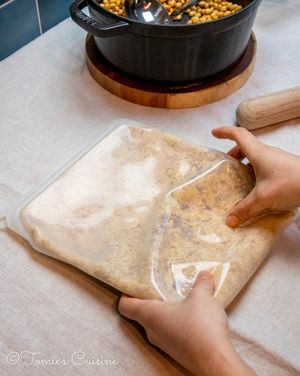It’s been more than a year and a half since we started avoiding plastic products.
In a recent discussion, we wondered whether reusable products could also save you money. Products such as bees and vegan wax wrap, silicone food bags, food containers and bottles are more expensive than disposable single-use items when you purchase them, but what about the long term?
I thought that some people were reluctant to buy reusable items because of their price since I was like that before. So today, I am going to try and clear this up!
I will compare the bees and vegan wax wrap to plastic cling film in the first part of this series.
Do the pros and cons from my point of view, price, then calculate which one is cheaper based on and how many times we can reuse the item. Let’s start!
Beeswax and vegan wax wrap vs cling film (plastic wrap)
Wax wraps
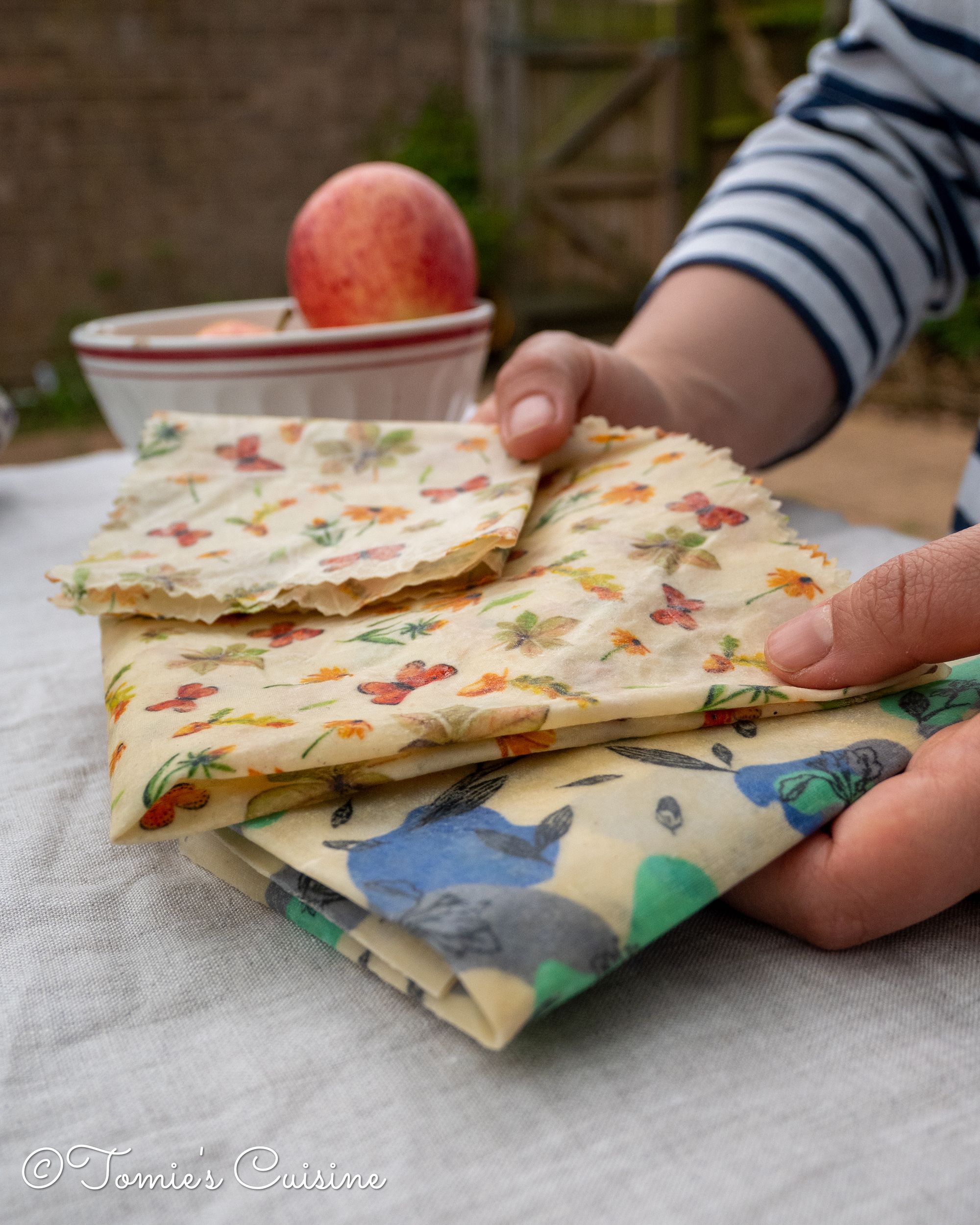
Price
Four wraps cost on average £20. So, adding it all up, 1 meter (by 35 cm) is around £15.
Usually, we can reuse them for up to 1 year with proper care and regular use.
I use reusable containers to store food, so they usually last longer in my case. You can also rewax the wraps to freshen them up, so they’re reusable until they have some holes, I guess!
Pros
Reusable, eco-friendly (home compostable), keeps food fresh longer (bread, vegetables, cheese) because it’s breathable but keeps enough moisture.
Cons
We cannot use it to wrap raw meat and fish; not disposable.
Plastic cling film
Price
6p per metre (by 35 cm). (sorry, no photo as I don’t have any at home!)
Pros
Light and easy to use.
Cons
Single-use plastic.
Side note
We haven’t been using cling film since December 2020 and never felt it’s inconvenient. We use bees and vegan wax wraps and food storage containers to store food. Sometimes we use a plate or a bowl to cover leftovers.
I used to think that washing and reusing the wax wraps were annoying. However, I found out that beeswax has a natural antibacterial effect, so I rinse them with water and dry them whenever I use them to cover salad or something clean.
I felt the bees and vegan wax wraps were helpful when we went out somewhere and brought some sandwiches (see our blog post about it). We make the sandwiches at home, envelop them with the wraps and keep them in a cooling bag with some cherry tomatoes in a small container. Bring a container like a thermos with some coffee, and your lunch is sorted! If the weather is lovely, stop somewhere with a pleasant view and enjoy it. There is no need to find a bin to throw things away after the meal. Zero waste indeed.
Result: Cling film is still slightly cheaper
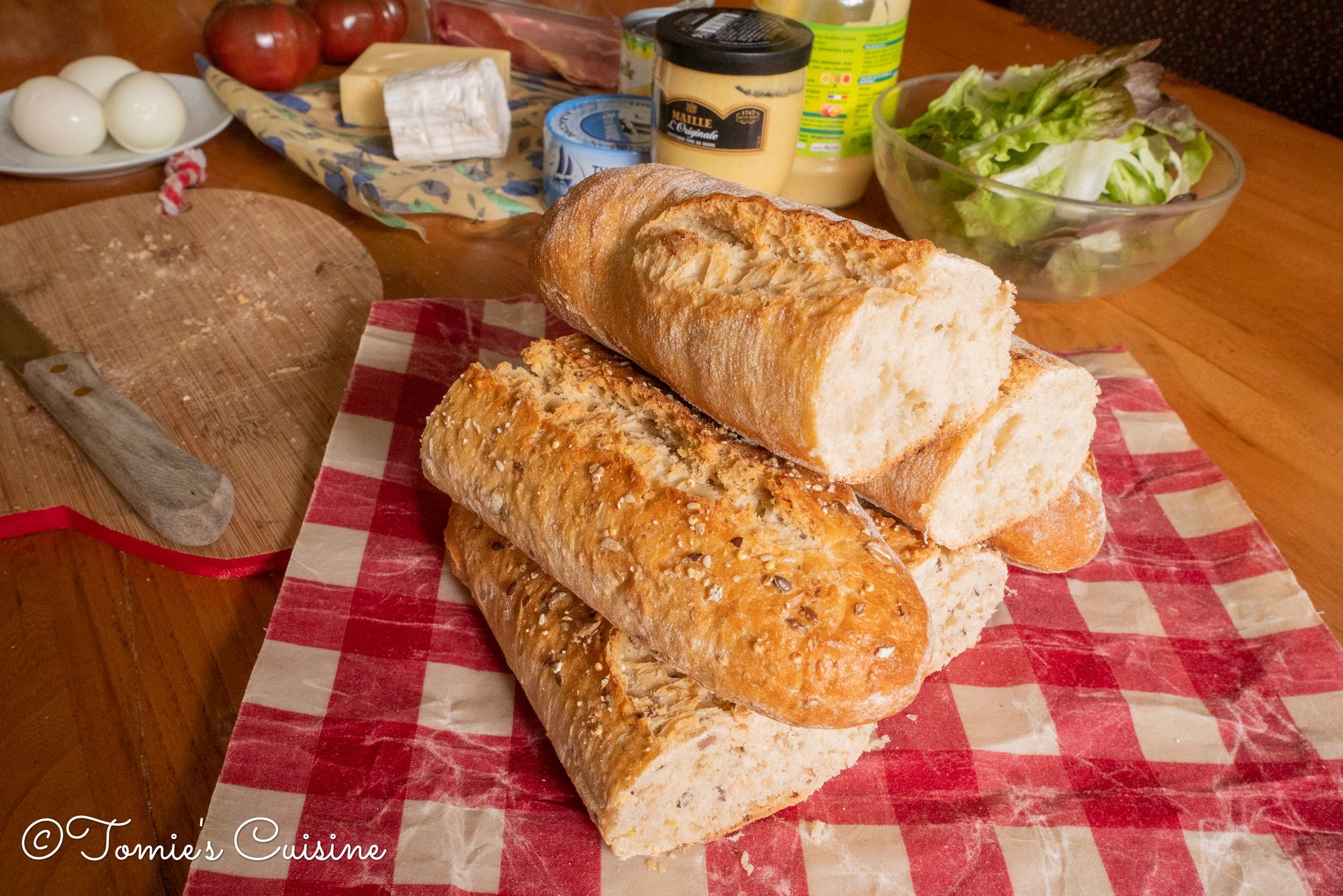
The reusable food wax wrap is roughly £15 per metre.
The cling film from supermarkets is roughly 6p per metre.
Let’s put these numbers in perspective over a year.
If you:
- use cling film to wrap your sandwich for lunch (35 cm times 5 days = 175 cm)
- cover the plate with leftovers (25 cm times 5 days = 125 cm )
- wrap the food scraps (15 cm times 5 days= 75 cm),
This usage will add up to an average of 375cm per week. One year is 54 weeks, so it will be 202.5m per year.
The cling film is 6p per metre, so it will be £12.15 per year.
The cling film is less expensive, but I am pretty surprised that it’s by such a low margin.
As I mentioned, the food wax wraps are reusable and even after a year of usage, we can rewax them and reuse them even longer. Therefore, reusable wraps are – in my eyes at least – inexpensive when you think about sustainability and eco-friendliness.
Some of our recommended wax wraps
Read the reviews
Where to purchase
- Verebio Beeswax (Amazon.fr)
- Bee's Wrap (small/large): Bee's Wrap set or The Beeswax Wrap Co. Large Kitchen Pack
- Vegan food wrap (small/large): Vegan Food Wrap - Small Pack or The Vegan Food Wraps Co. Vegan Wax Bread Wrap
Closing words
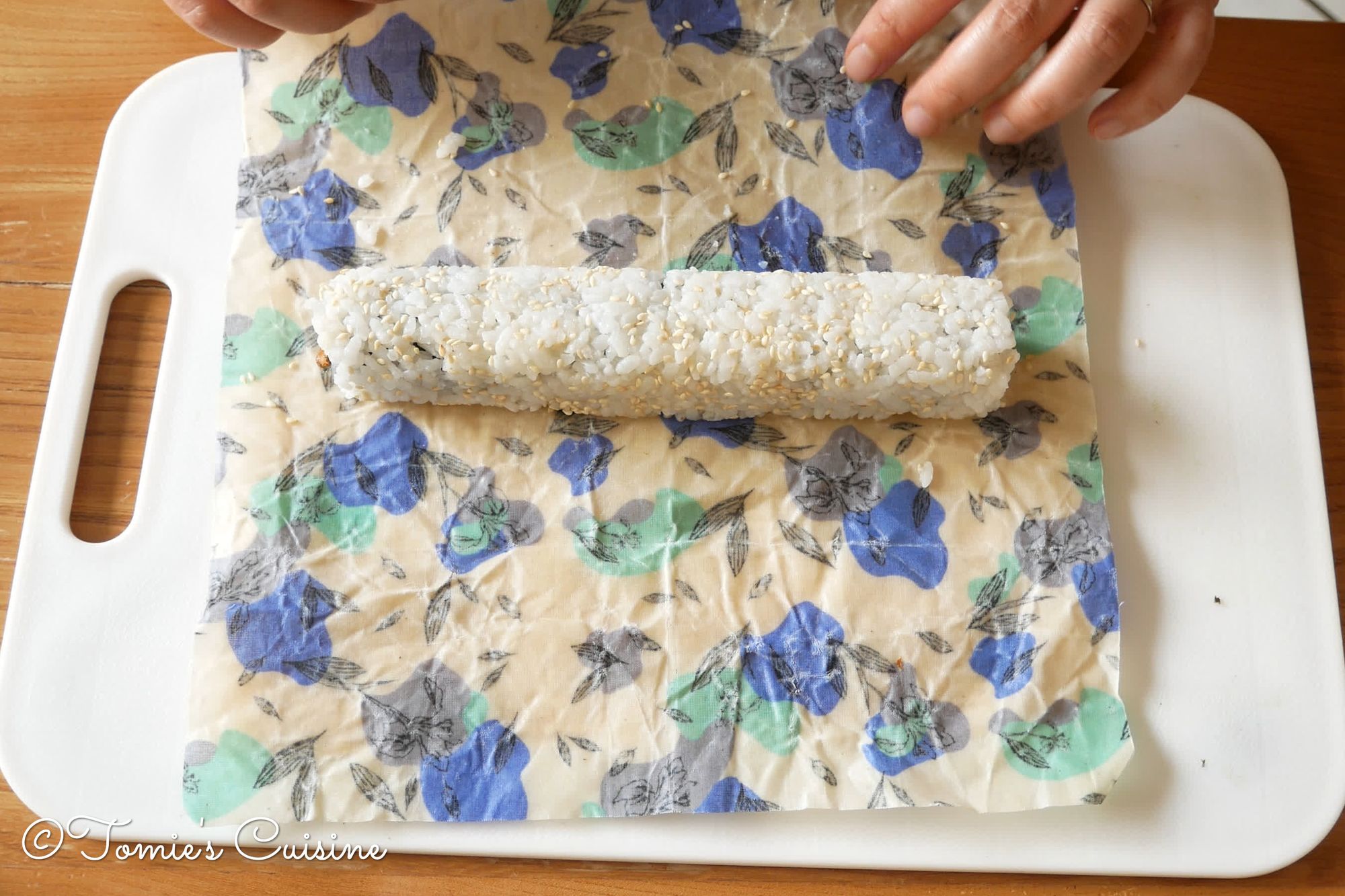
What did you think about the result? I am a bit relieved that the price difference is so low, so I hope this will help people think about swapping to reusable wax wraps. The next article will compare silicon food bags and plastic zipper bags.
Please share your thoughts on Instagram, Pinterest, and Facebook. It may also help other people make the switch to plastic-free. Subscribe to our email list, so you don’t miss our updates.

